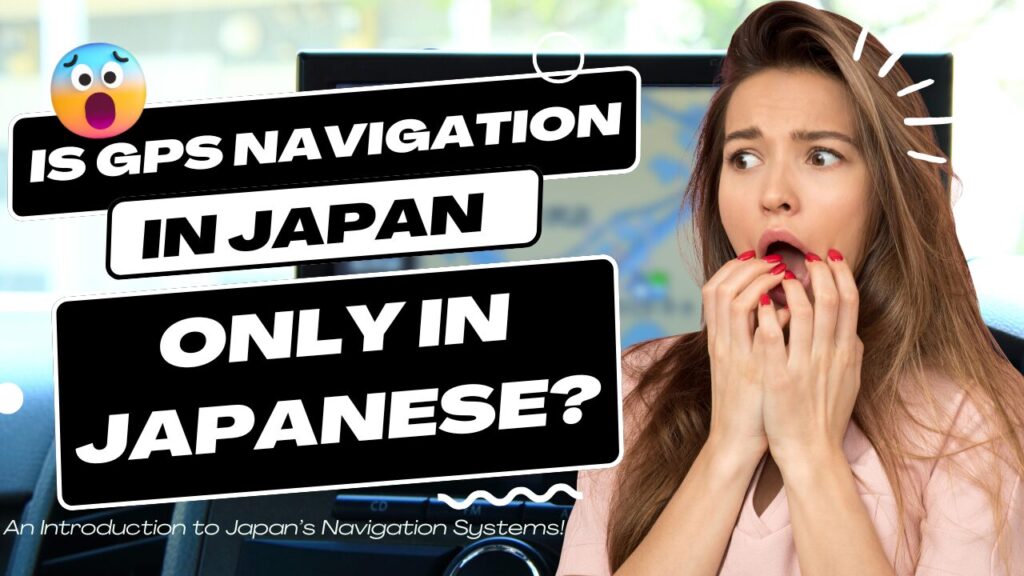
If you’re driving in Japan for the first time, having a reliable navigation system is essential. GPS can help you navigate unfamiliar areas, save time, and reduce stress while driving in a foreign country.
While most rental cars in Japan are equipped with a navigation system, they often come with a Japanese interface and may feature outdated maps. For foreign drivers, this can present a challenge.
In this article, we will guide you through the best navigation systems and apps available for tourists driving in Japan, ensuring a smooth and hassle-free driving experience.
- Are the Navigation Systems Installed in Cars Only in Japanese?
- Are the Maps in Built-in Navigation Systems Outdated?
- Top Navigation Apps and Tools for Tourists in Japan
Are the Navigation Systems Installed in Cars Only in Japanese?

In most cases, yes—navigation systems in rental cars in Japan are typically displayed in Japanese. The destination input screen, as well as other features, are often in Japanese, making it difficult for non-Japanese speakers to use the system effectively.
To avoid confusion, it’s recommended to ask the rental staff to demonstrate how to use the navigation system before starting your trip. This includes familiarizing yourself with the map features and how to pair your smartphone via Bluetooth, as these screens will also be in Japanese.
Are the Maps in Built-in Navigation Systems Outdated?
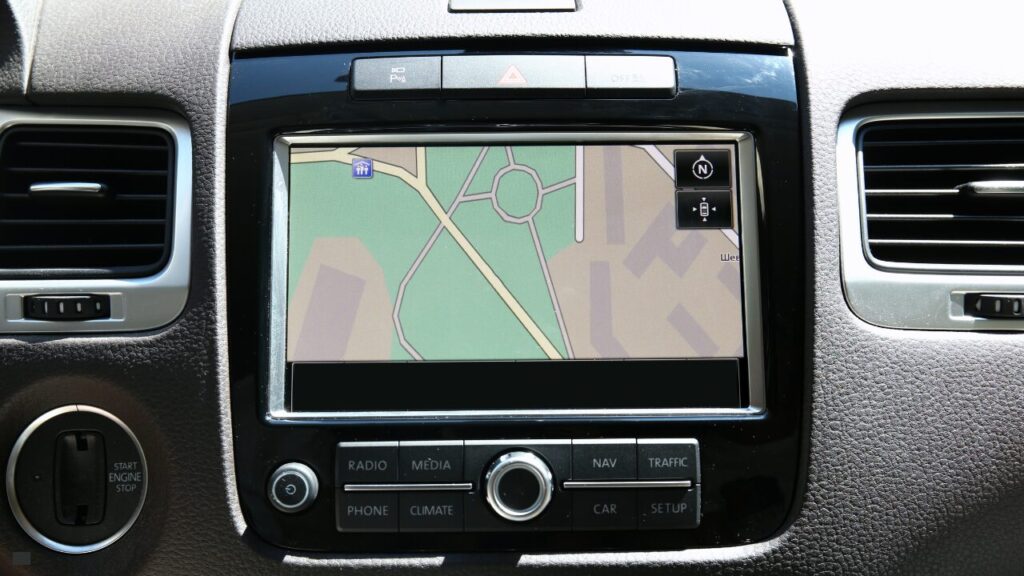
It depends on the car, but the navigation system in rental cars may sometimes be outdated. New roads or highways might not appear on the map, leading to an old, roundabout route being displayed, or the system might not guide you correctly. If the system is outdated while driving on a new highway, it may display as if you’re flying through the air, and the navigation might stop providing directions altogether.
Top Navigation Apps and Tools for Tourists in Japan
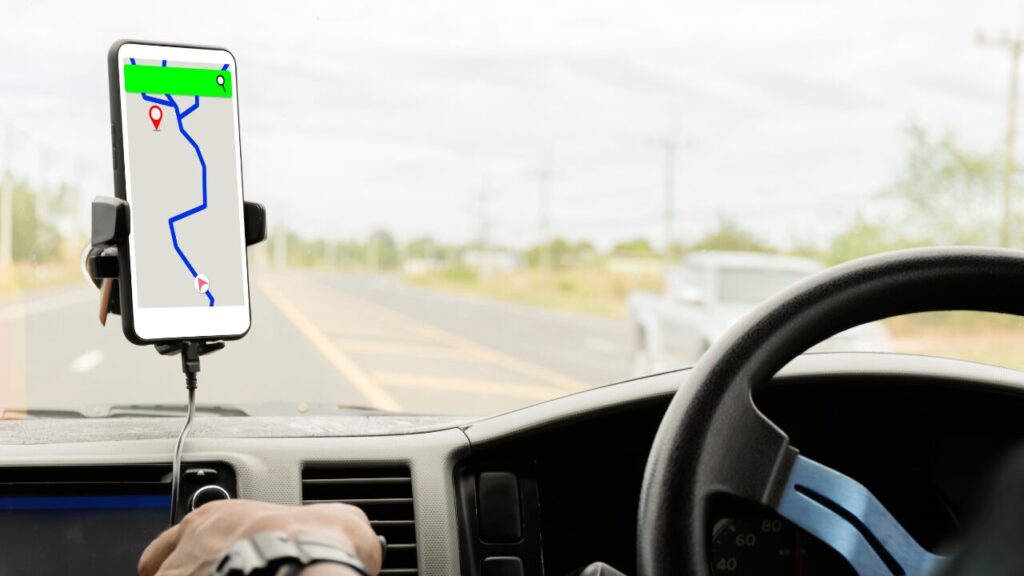
Even in Japan, where cars come with standard navigation systems, many people prefer using map apps on their smartphones. Once you get used to the convenience of map apps, you might find traditional navigation systems frustrating. With built-in navigation, you need to input the destination from the start, and they tend to run slower.
Now, let’s introduce some map apps that are available in English and are easy to use for foreigners staying in Japan.
Google Maps
Google Maps is a free navigation service that offers a wide range of features, such as selecting the optimal route to your destination and providing real-time traffic updates, allowing for smooth driving. If you have a smartphone, you can navigate as efficiently as with a traditional car navigation system. Furthermore, you can use other apps while navigating.
Whether you’re heading to a new place or checking out a store you’re interested in, Google Maps is useful in many situations. One of Google Maps’ convenient features is its navigation system. Like a built-in car GPS, it provides route information, estimated arrival time, and traffic conditions to your destination.
NAVITIME
NAVITIME is one of Japan’s largest navigation services, used by approximately 51 million people. In addition to transit schedules and transfer information, it offers easy-to-read maps and walking voice navigation. For drivers, it also provides traffic jam information.
Of course, it supports English, making it easy for foreigners to use.
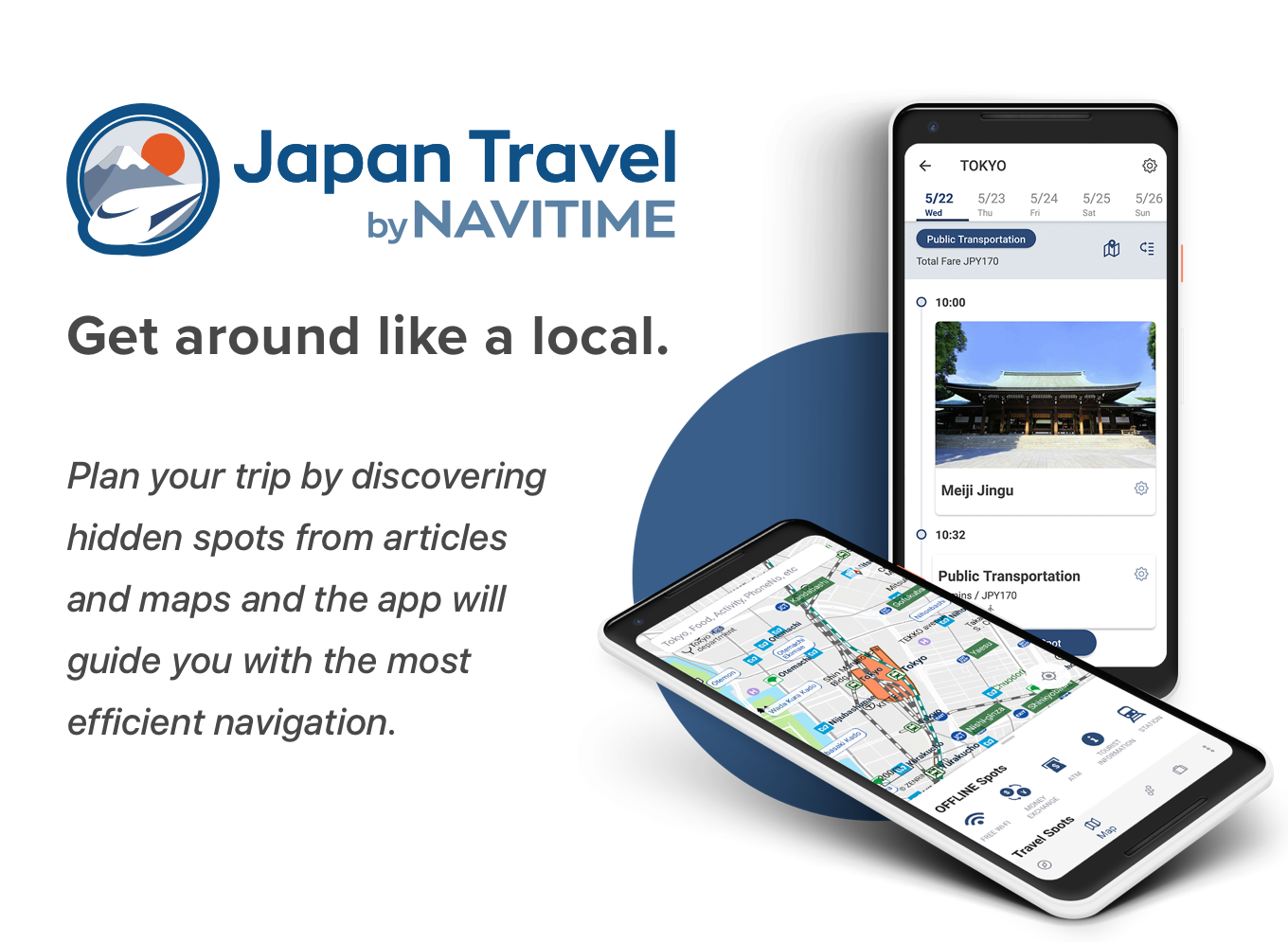
Rental Cars Don’t Have Smartphone Holders
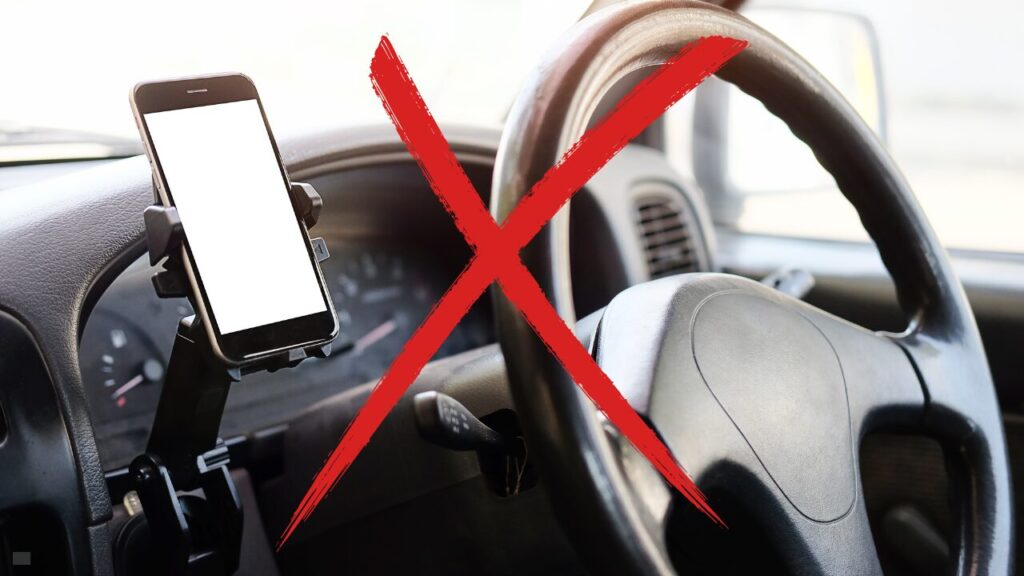
When renting a car in Japan, smartphone holders are generally not provided. Therefore, you’ll need to bring your own. However, using a smartphone holder with a suction cup or adhesive might leave marks, and you could be charged a cleaning fee or a fine when returning the car. For rental cars, it’s best to use a “stand-alone” type holder or one that attaches to the car’s air conditioning vent.
At ASAHI MOTORS Rent a Car, smartphone holders come standard, making it convenient!
Stop the Car When Using GPS

Many in-car navigation systems are designed to prevent operation while driving. Even when the car is stopped, some models require you to shift into park or engage the parking brake to allow operation. If you need to change your destination or if you’ve taken a wrong turn, it’s best to stop in a safe place, like a convenience store parking lot, shift into park, and engage the parking brake before making adjustments.
When using a smartphone for navigation, it can still be used while driving, so extra caution is needed. In Japan, using a smartphone while driving is strictly enforced, with penalties and fines.

Penalties and Fines for Using a Smartphone While Driving
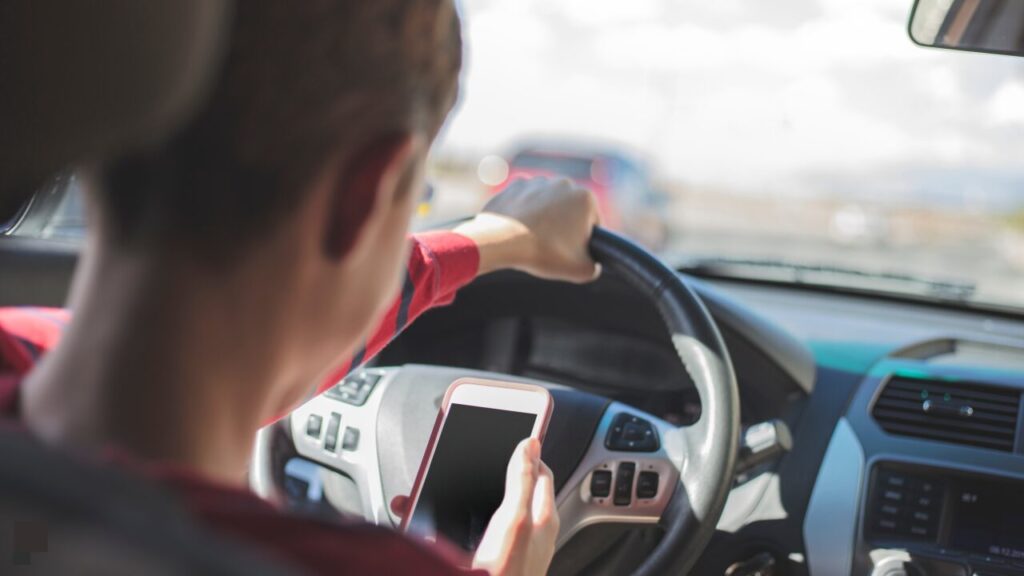
Operating a smartphone while driving a car or motorcycle is prohibited under Japan’s Road Traffic Act. Even using it to check maps is forbidden. Below are the main prohibited actions:
・Holding a phone to make a call
・Staring at a phone screen (for approximately two seconds or more)
・Staring at a GPS navigation screen
If using a phone leads to an accident or causes traffic danger, the penalty can be up to “imprisonment for one year or a fine of up to 300,000 yen.”
If you think that “it’s fine to glance at or use your smartphone while driving for just a second,” you are gravely mistaken. Even a brief moment of distraction can cause you to lose focus on the road, increasing the risk of a tragic traffic accident.
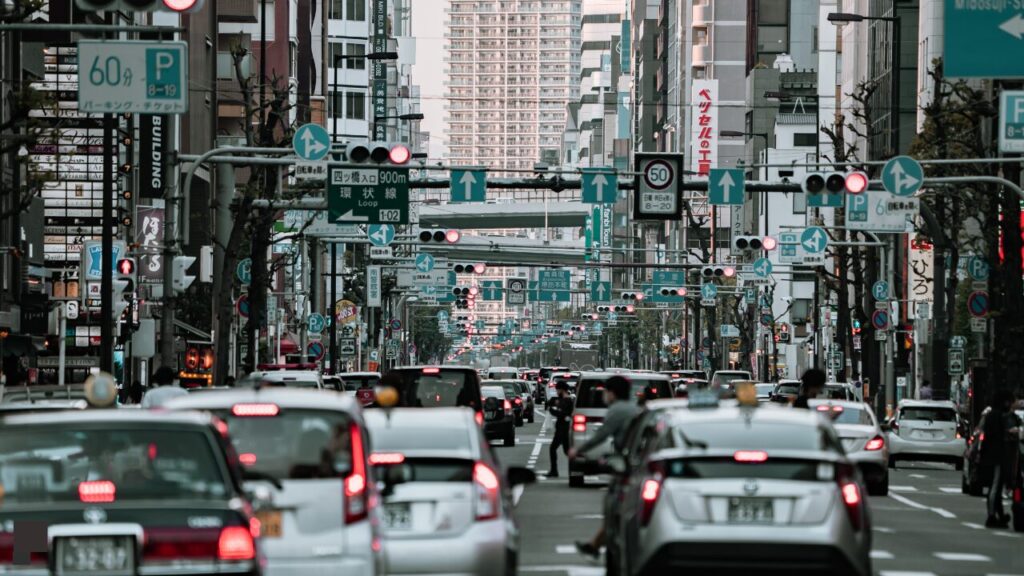
In particular, Japan’s roads are narrow and often have heavy traffic, so there’s a high risk of colliding with pedestrians or bicycles in just a split second. Therefore, when you need to operate your GPS navigation system, always pull over to the shoulder or park in a safe area before doing so.
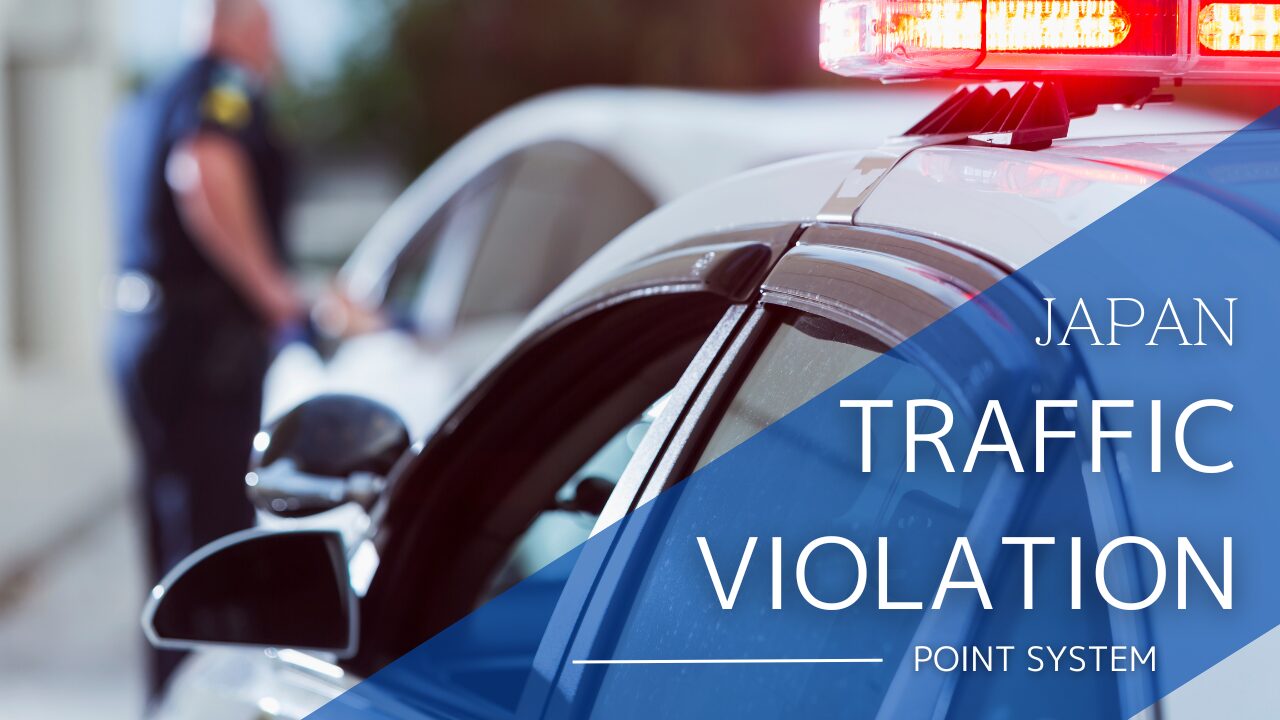
Driving in Japan: Key Tips for First-Time Visitors
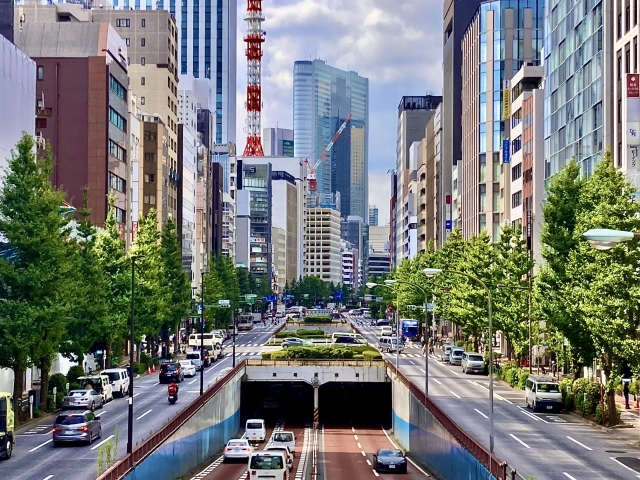
Driving in Japan can be an exciting experience, offering the freedom to explore the country’s beautiful landscapes, vibrant cities, and scenic coastlines at your own pace. However, for first-time visitors, there are a few important things to keep in mind to ensure your safety and smooth travel.
Drive on the Left Side of the Road
In Japan, vehicles drive on the left side of the road, which can be challenging for visitors accustomed to driving on the right. Take some time to adjust to the change before getting on the road, especially at intersections.
Familiarize Yourself with Road Signs
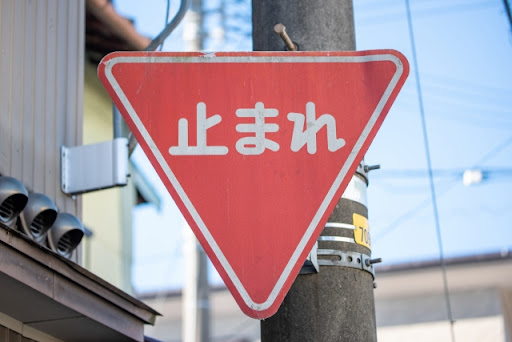
Japan uses both Japanese and international road signs, but the language barrier may make it tricky. Key signs to pay attention to include speed limits, toll booths, and pedestrian crossings. Road signs in Japan are generally well-marked, but it’s essential to be alert and aware of your surroundings.
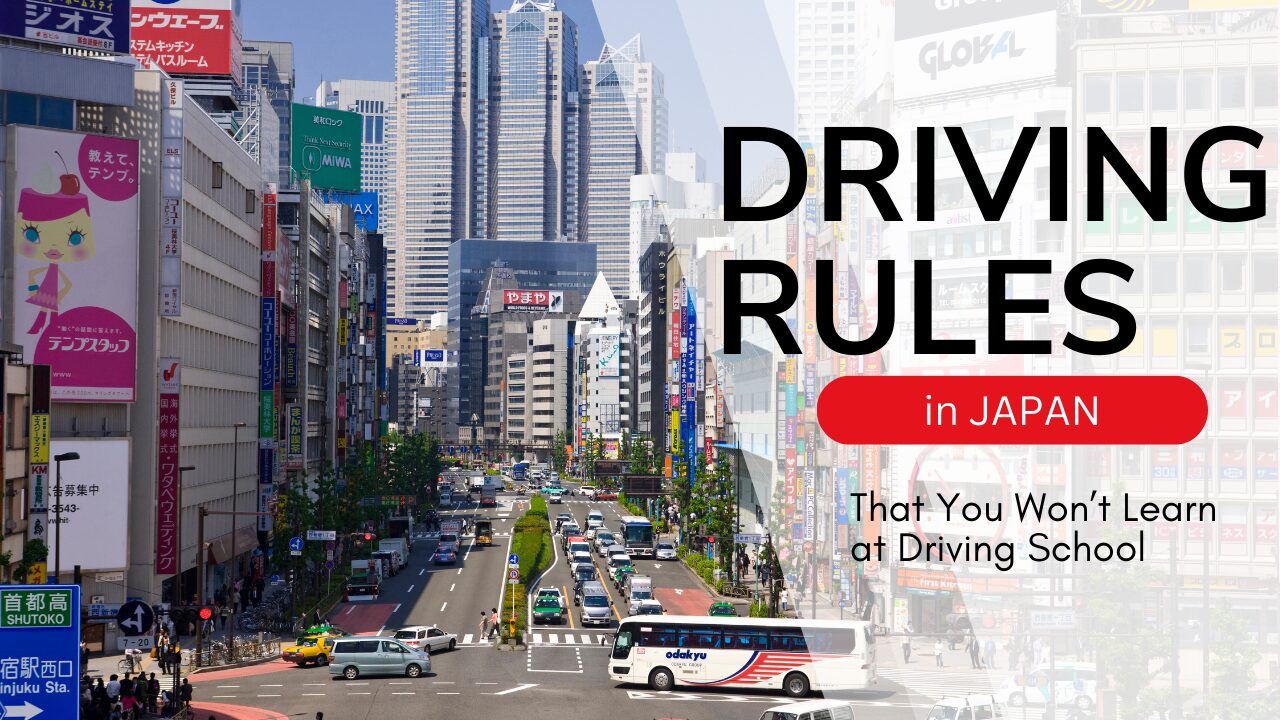
Parking
Finding parking in Japan’s major cities, such as Tokyo or Osaka, can be challenging due to limited space. Always park in designated areas, as illegal parking can result in fines or your car being towed. Look out for public parking lots and check parking signs for time limits.
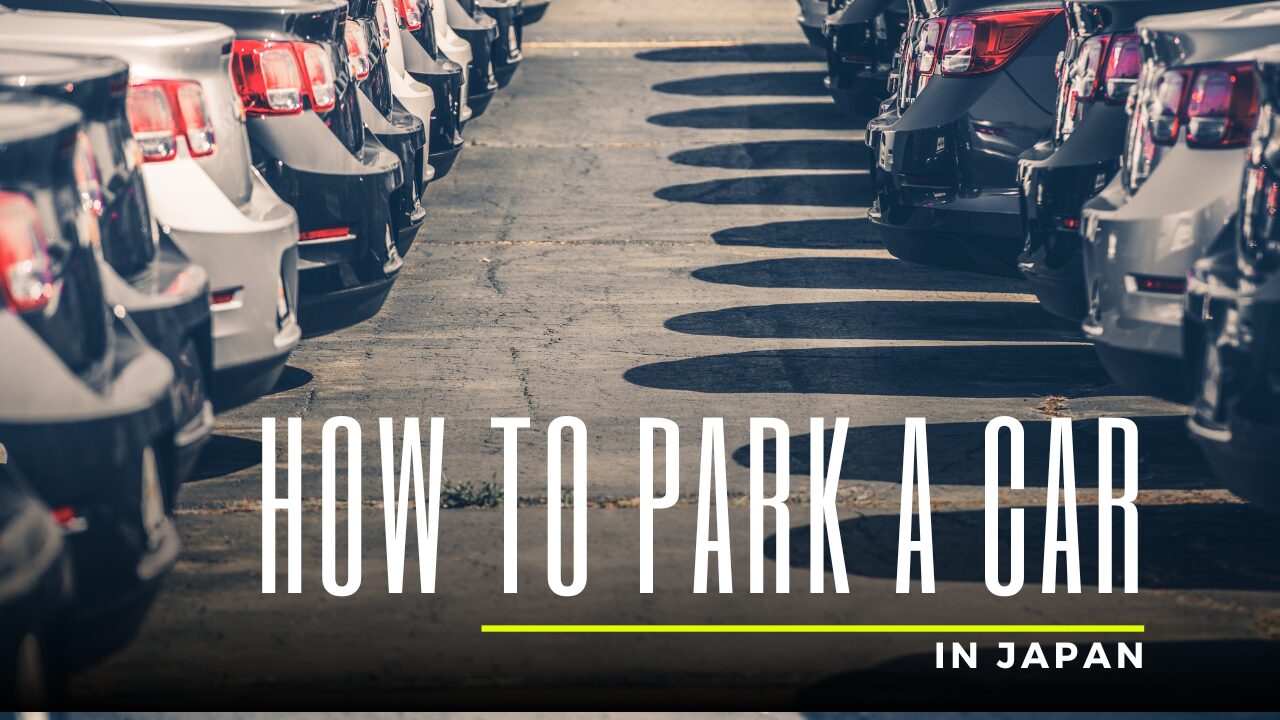
Speed Limits and Traffic Laws
Japan has strict traffic laws, and adhering to speed limits is important. On highways, the speed limit is typically 100 km/h, while in urban areas, it’s around 40-60 km/h. Be sure to follow all traffic signals and rules for pedestrians and cyclists.

Fueling Your Car
When renting a car, it’s important to know where the nearest gas stations are. Japan uses a self-service system at most stations, where you can pay with a credit card or cash at the pump. Be sure to refill the tank before returning the car, as rental companies typically require the tank to be full upon return.
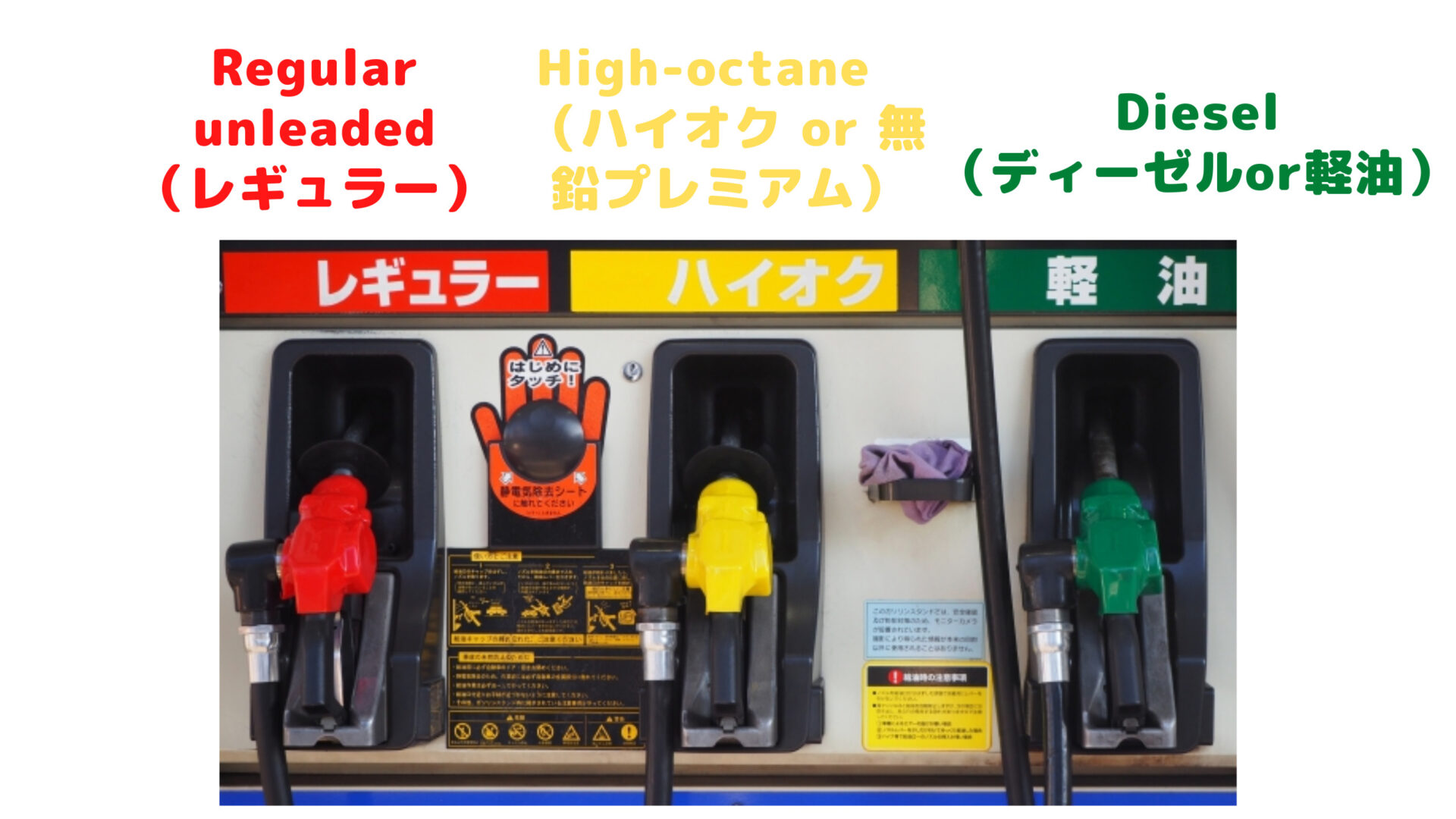
Why Choose ASAHI MOTORS Rent a Car?
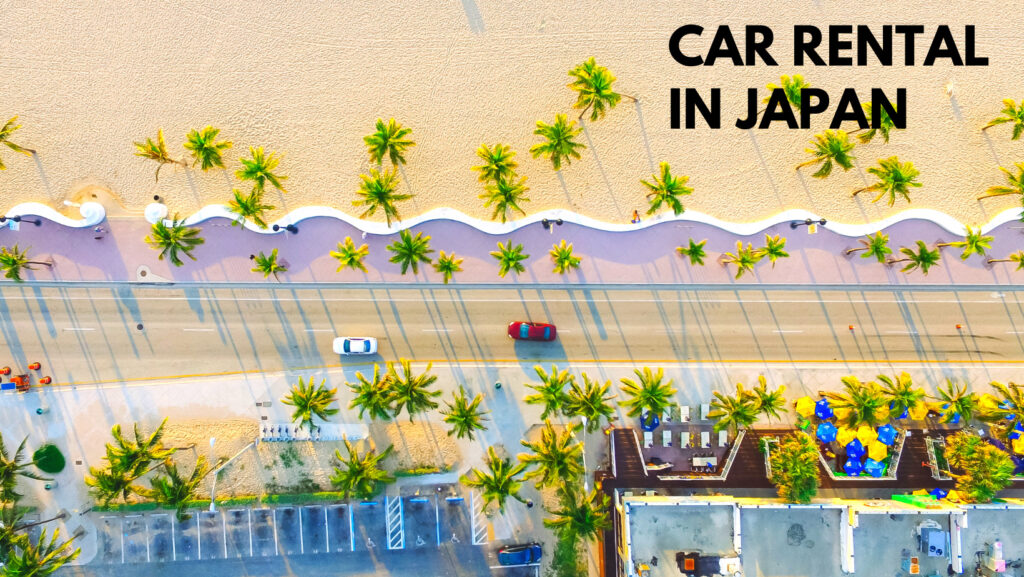
When driving in Japan, having a reliable rental car can make your journey much smoother. At ASAHI MOTORS Rent a Car, we offer a range of vehicles equipped with modern features, including navigation systems that cater to your needs as a foreign driver. Whether you’re exploring the city or traveling to remote areas, our cars are well-maintained and ready for your adventure.
Make your trip to Japan even more memorable by choosing ASAHI MOTORS Rent a Car for your travel needs. Book with us today and enjoy a hassle-free driving experience!


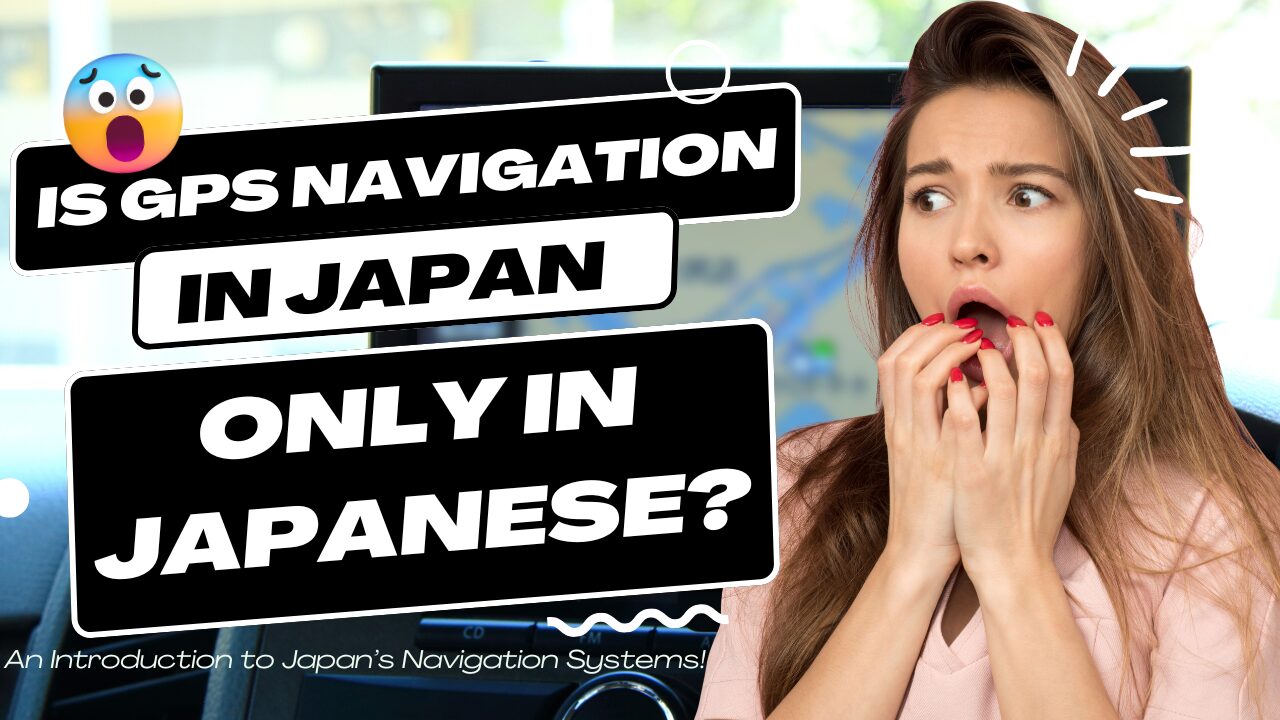
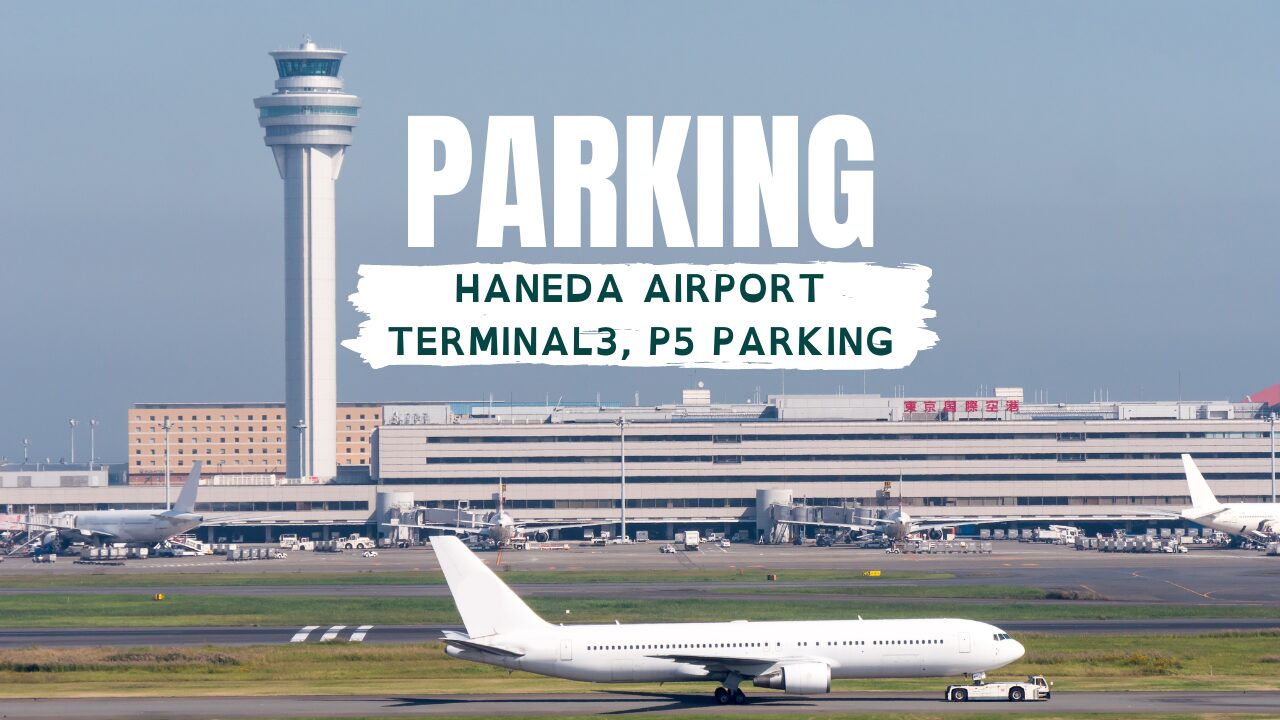

COMMENT